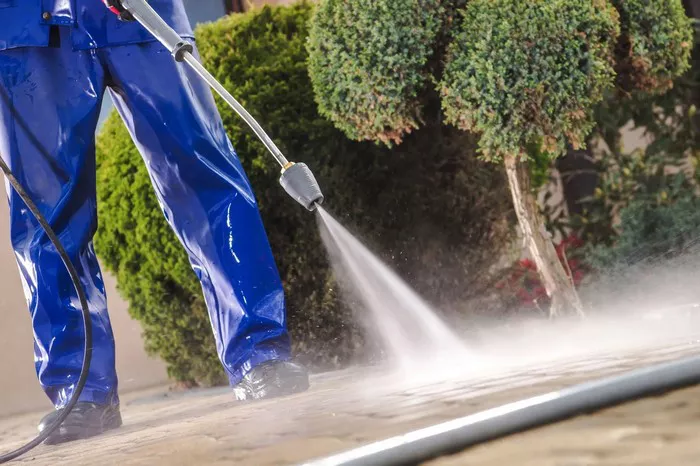Pressure washers are indispensable tools for cleaning various surfaces, from grimy driveways to delicate vehicle exteriors. Two key metrics define their effectiveness: PSI (Pounds per Square Inch) and GPM (Gallons per Minute).
1. PSI: PSI measures the pressure output, indicating the force with which water is expelled from the nozzle. Higher PSI signifies greater force.
2. GPM: GPM measures the water flow rate, indicating how much water is delivered in a given time. Higher GPM means more water flow.
Role of PSI:
The PSI rating of a pressure washer determines the force with which water hits the surface being cleaned. Higher PSI is particularly effective for tackling stubborn stains, dirt, and grime, as it provides the necessary power to dislodge and remove them effectively.
Role of GPM:
While PSI deals with pressure, GPM focuses on volume. The GPM rating influences the speed and efficiency of cleaning by determining how much water is delivered. Higher GPM allows for covering larger surface areas quickly, making it ideal for rinsing and washing away loosened debris.
Relationship between PSI and GPM:
Both PSI and GPM are crucial factors that work in tandem to achieve optimal cleaning results. While high PSI ensures sufficient force to remove dirt, grime, and stains, adequate GPM ensures efficient water delivery, facilitating thorough cleaning without excessive water wastage.
Choosing the Right Combination:
Selecting the appropriate PSI-GPM combination depends on the cleaning task and surface type. For heavy-duty tasks such as stripping paint or cleaning concrete, prioritize higher PSI. Conversely, tasks requiring abundant water flow, such as washing vehicles or rinsing surfaces, benefit from higher GPM.
Practical Examples and Applications:
Understanding the effectiveness of different PSI-GPM combinations is crucial for achieving desired cleaning outcomes. Consider scenarios such as:
1. Cleaning Driveways: A pressure washer with high PSI (e.g., 3000 PSI) and moderate GPM (e.g., 2.5 GPM) is ideal for blasting away oil stains and embedded dirt.
2. Deck Cleaning: Opt for a balance between PSI and GPM (e.g., 2500 PSI and 2.3 GPM) to remove grime without damaging wood surfaces.
3. Vehicle Washing: Prioritize higher GPM (e.g., 2.5 GPM) to ensure thorough rinsing without prolonged exposure to high pressure, which could damage paint or delicate components.
Efficiency and Water Conservation:
While higher PSI and GPM enhance cleaning power, they also increase water consumption. It’s crucial to balance effectiveness with water conservation, especially in regions with water restrictions. Utilize pressure washer settings wisely, adjusting PSI and GPM according to the task at hand to minimize water usage while maximizing cleaning efficiency.
Additional Considerations:
Several other factors contribute to a pressure washer’s effectiveness:
1. Nozzle Type: Different nozzle types, such as 0-degree for concentrated power or 40-degree for wider coverage, offer versatility in cleaning applications.
2. Spray Pattern: Adjusting the spray pattern allows for tailored cleaning, whether it’s a pinpoint jet or a broad fan spray.
3. Detergent Use: Some cleaning tasks benefit from the use of detergents or cleaning solutions, which can enhance cleaning effectiveness without requiring excessive pressure.
Maintenance Tips:
To ensure your pressure washer operates at peak performance:
1. Regularly inspect and clean nozzles to prevent clogging and ensure consistent water flow.
2. Check hoses and connections for leaks or damage, repairing or replacing them as needed.
3. Perform routine maintenance according to the manufacturer’s recommendations, including oil changes and pump inspections.
Conclusion
In conclusion, understanding the interplay between PSI and GPM is essential for maximizing the effectiveness of your pressure washer. By selecting the right combination for the task at hand, balancing power with efficiency, and implementing proper maintenance practices, you can achieve superior cleaning results while conserving water resources.

